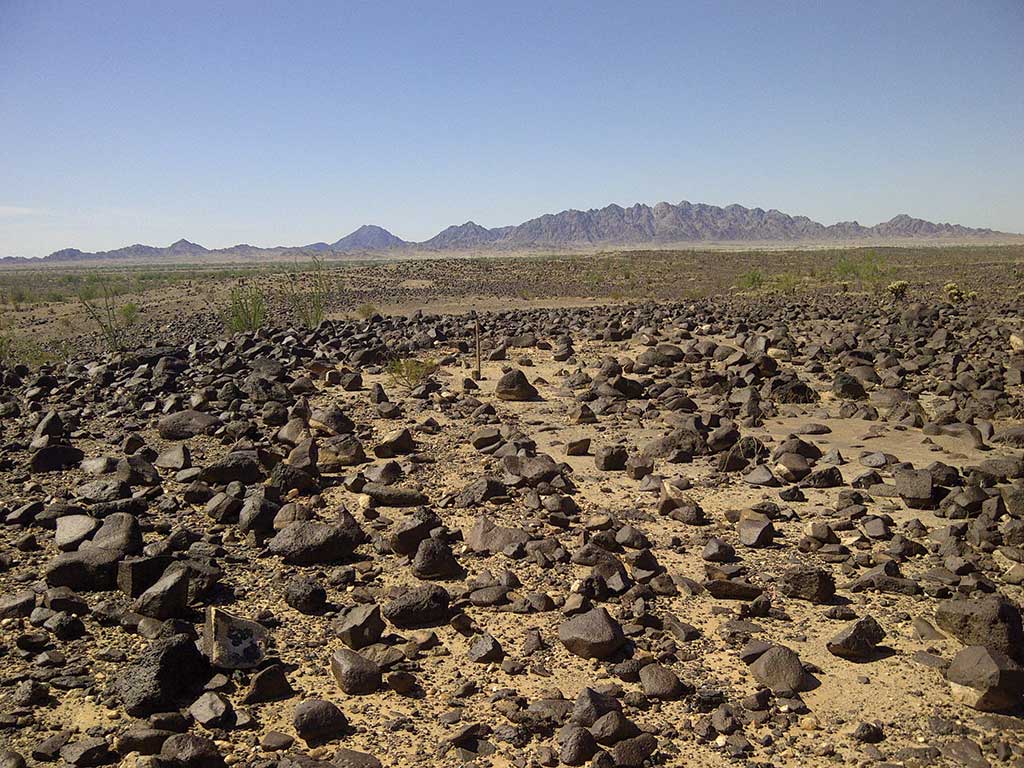Kore completes second phase study on Salton Sea remediation


Kore Mining (TSXV: KORE; OTC: KOREF) has completed a Phase 2 engineering and market assessment work for excess material from the Imperial oxide gold deposit in California. The excess materials are being studied to supply to remediation projects of the Salton Sea as part of Kore's "A Clean Environment for the Salton Sea" (or ACES) initiative.
Under its ACES initiative, Kore proposes to supply clean, low-environmental impact materials to remediate the Salton Sea, a major local health problem. The objectives include reducing respiratory illness from dust pollution, preserving wetlands to benefit migratory birds suffering from sea salinity, restoring local community waterfronts, and rehabilitating playas to restore desert habitat.
"The Imperial material has a competitive advantage, most notably from a social and environmental perspective. All other material sources would leave a massive scar in the landscape – not at Imperial, where the gold mine effectively pays for site backfill and remediation," Kore's CEO Scott Trebilcock stated.
In March 2021, the company commissioned a speciality consulting firm to conduct a market study for the sale of excess mine material from the Imperial project, which contains clean, river-deposited sand and gravel conglomerate overlying the gold deposit that Kore believes has the potential to serve a variety of construction needs. The study demonstrated that there was a small local market for the materials, but the largest potential market was for Salton Sea remediation projects.
A follow-up study to dive deeper into the market for Salton Sea remediation materials, and to assess the capital and operating costs for processing and transporting Imperial excess materials, was commissioned by the same firm in November 2021, marking the start of the ACES initiative.
Since the early 1900s, the Salton Sea has been contaminated with industrial and agricultural pollution. Now, the sea is continuously evaporating, leaving contaminated beaches and diminished wildlife habitat in its wake. Dry desert winds are also blowing these contaminated beach materials into surrounding communities, creating poor air quality resulting in respiratory disease and other health issues.
The result of this latest study demonstrated that the Imperial excess overburden, or ACES materials, could potentially be competitive socially, economically and environmentally. Land-use in Imperial and Riverside counties are highly restricted with farms, nature preserves, military reserves and infrastructure, greatly reducing the possible locations to source large quantities of suitable construction materials. Further layering of geology, shows that many of the open areas do not have the right types of materials suitable for the reclamation projects at the Salton Sea.
The result is that Imperial's ACES material is one of the few potential sources of large quantities of appropriate cover and construction materials such as rip-rap, integral to berms specified in many Salton Sea remediation projects. The strongest competitive advantage would be for projects in the southern Salton Sea, where a majority of the toxic playas are found.
It is further anticipated that ACES materials have the added social benefit of bringing taxes and jobs from the associated gold mine. The gold mine pays for 100% backfilling and returning the site to its original topography and vegetation, effectively leaving zero long-term visual impact on the land.
Kore currently holds approximately 12,500 ha of mineral claims within the Mesquite-Imperial-Picacho district, capturing the entire 28 km trend from the Mesquite mine operated by Equinox Gold to the closed Picacho mine.
At the centre of the district is its Imperial project, an epithermal gold deposit containing 877,000 oz. of gold in 45.7 million indicated tonnes grading 0.59 g/t gold, plus 1.3 million oz. in 90.9 million inferred tonnes at 0.46 g/t gold.
More details about the Imperial project and the ACES initiative can be found at www.KoreMining.com.
Comments